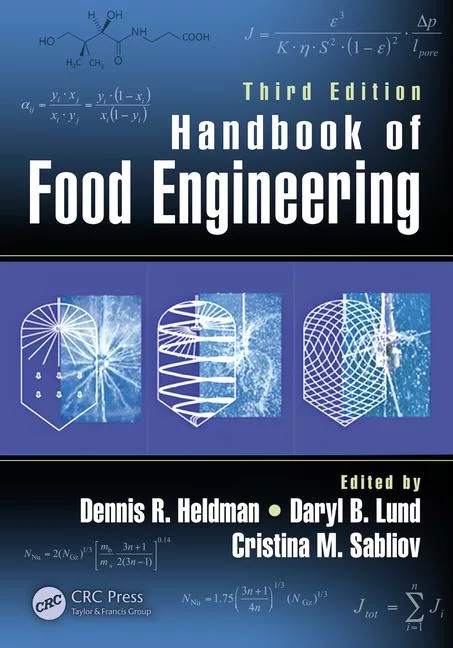Editor's Note
Supply Chain Strain

We hear a lot (really, constantly) about the supply chain and the many causes for it faltering the past year: shortage of labor to move goods—especially truck drivers and dock workers—inconsistent ingredient supplies, record inflation for materials and on and on.
At some point, the supply chain will straighten out, but in the meantime, technology is available for processors to identify the gaps ahead of time and forecast production and distribution accordingly. In this issue, we take a closer look at how tech is helping processors manage supply chain difficulties, and what kind of assistance they can offer today’s operations.
Elsewhere, we dive into how track-and-trace technology can be integrated into a facility’s ERP and MES systems, as well as other facility and production databases, and integrated into a larger pool of data outside the four walls of a facility that can benefit the industry when identifying bad batches of ingredients and mitigating recalls.
Speaking of ingredients, what should processors be concerned about when importing from abroad? Our resident food safety expert, Rick Stier, drills down into 10 areas operators should observe before partnering with overseas suppliers.
Closer to home, we detail how two pet food companies are benefitting from the latest HPP (high-pressure processing) technology to help meet booming demand for fresh pet food, while minimizing food safety risks at the same time.
Whether customers will receive that pet food, or any other packaged goods on schedule in 2022, remains to be seen while the supply chain sorts itself out. Most of those delays are beyond a processor’s control, but by utilizing today’s practical tech tools, they can make proactive, informed decisions for forecasting and production—and be in a better position to maximize their markets when the supply chain eventually rebounds.
Looking for a reprint of this article?
From high-res PDFs to custom plaques, order your copy today!







